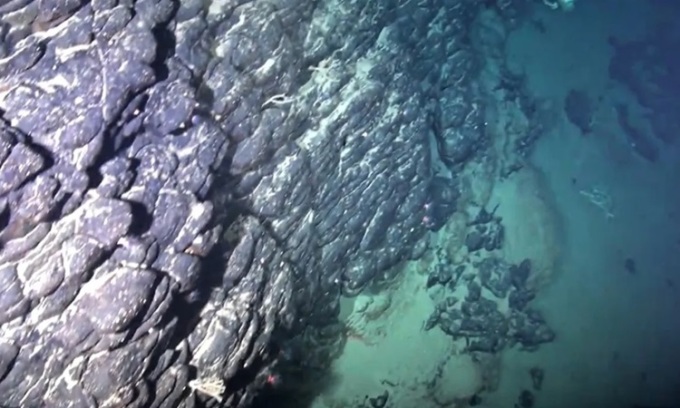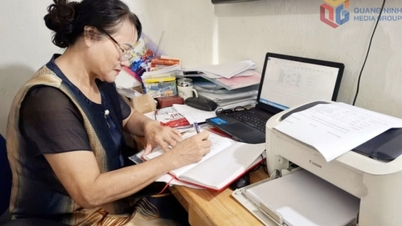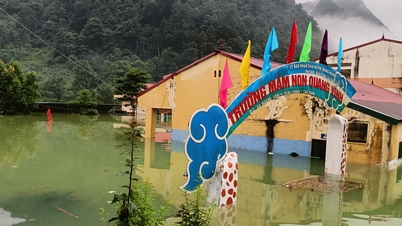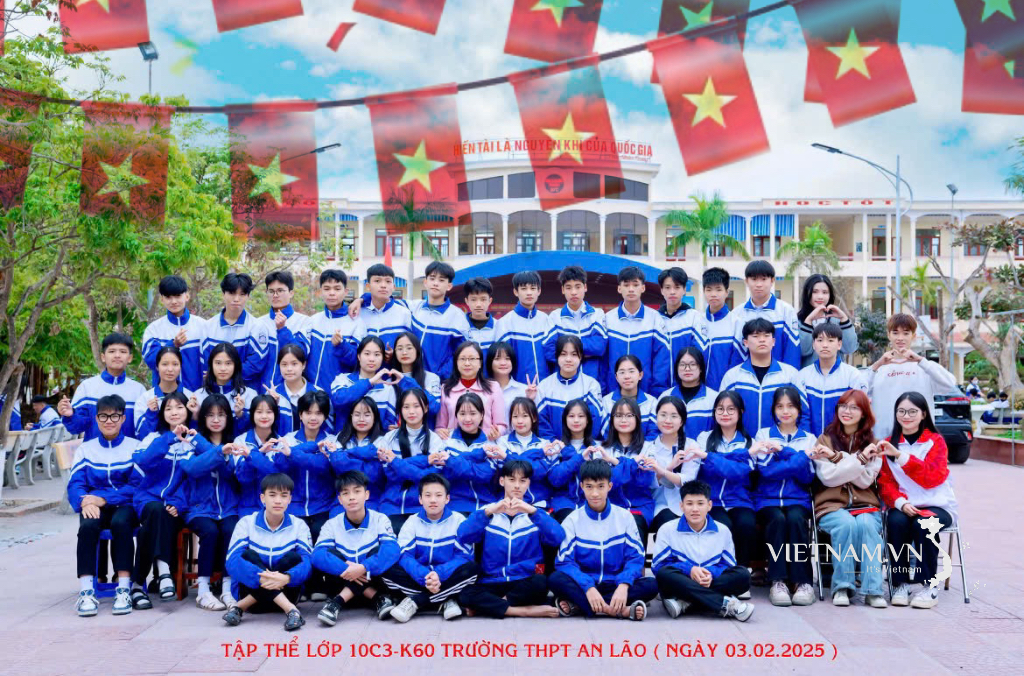A giant ancient island now lying at the bottom of the Atlantic Ocean may contain huge reserves of rare earth elements and many other valuable minerals.

Rio Grande Rise Island lies about 2,000 meters below the surface. Photo: IO-USP
Called the Rio Grande Rise (RGR), the submerged continental plateau formed as a volcanic ridge about 40 million years ago and was once a vast tropical landmass covered in vegetation. An international team led by Priyeshu Srivastava of the University of Sao Paulo published the findings in the journal Nature, IFL Science reported on March 17.
Located 1,200 km off the coast of Brazil, the RGR covers about 150,000 km2 of seafloor at depths of between 700 and 2,000 m. The hypothesis that the volcanic ridge could once be an island was first suggested in 2018 and has now been confirmed by analysis of soil dredged from the western part of the RGR.
Evaluating the mineralogy, geochemistry, and magnetic properties of the sediments, the researchers found that the samples were primarily composed of red clay, consistent with the typical “terra roxa” (red soil) found in many parts of Sao Paulo State. In the soil, the researchers identified several minerals commonly found in volcanic rock variations, including oxidized magnetite, hematite, goethite, and kaolinite.
The findings reveal that the clay formed as a result of weathering of volcanic rocks during warm, wet weather. Based on the analysis, the team concluded that RGR accumulated rare earth elements during the Eocene epoch, which lasted until about 35 million years ago, when conditions were typically tropical.
Previous research has also revealed that the submerged island is rich in valuable minerals such as cobalt, lithium, and nickel, along with precious rare earth elements such as tellurium. Because these materials are key components in a range of new technologies that could help stop burning fossil fuels, mining the RGR’s natural resources has attracted much interest.
Located in international waters, RGR is currently administered by the International Seabed Authority, although the Brazilian government has applied to extend its continental shelf to the island. In reality, the application is unlikely to be approved because the United Nations Convention on the Law of the Sea (UNCLOS) stipulates that a country cannot claim more than 370.4 kilometers beyond its coastline.
An Khang (According to IFL Science )
Source link

















![[Video] Warning of high-tech criminals appropriating assets from cyber security incidents at CIC](https://vphoto.vietnam.vn/thumb/402x226/vietnam/resource/IMAGE/2025/10/1/9e967e621dc240bfbb70e926d503a177)




















![[Photo] President Luong Cuong receives President of the Cuban National Assembly Esteban Lazo Hernandez](https://vphoto.vietnam.vn/thumb/1200x675/vietnam/resource/IMAGE/2025/9/30/4d38932911c24f6ea1936252bd5427fa)
![[Photo] Panorama of the cable-stayed bridge, the final bottleneck of the Ben Luc-Long Thanh expressway](https://vphoto.vietnam.vn/thumb/1200x675/vietnam/resource/IMAGE/2025/9/30/391fdf21025541d6b2f092e49a17243f)
![[Photo] Solemn opening of the 12th Military Party Congress for the 2025-2030 term](https://vphoto.vietnam.vn/thumb/1200x675/vietnam/resource/IMAGE/2025/9/30/2cd383b3130d41a1a4b5ace0d5eb989d)
![[Photo] The 1st Congress of Phu Tho Provincial Party Committee, term 2025-2030](https://vphoto.vietnam.vn/thumb/1200x675/vietnam/resource/IMAGE/2025/9/30/1507da06216649bba8a1ce6251816820)
































































Comment (0)